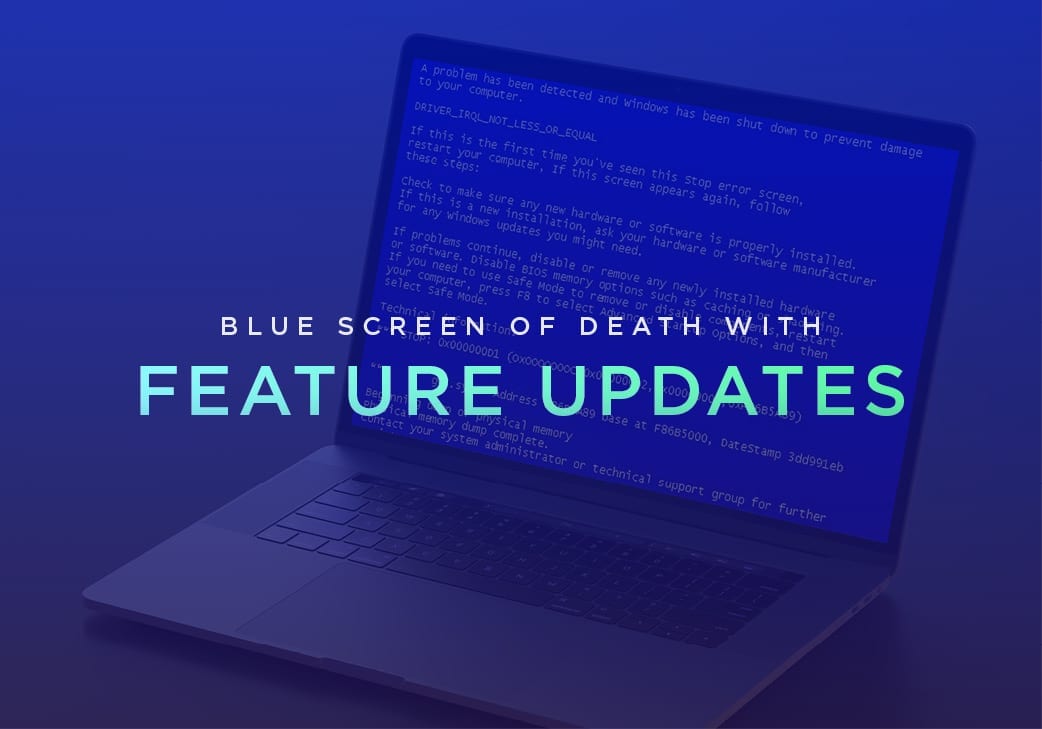
Blue Screen of Death Occurring with Feature Updates
This isn’t the first we’ve heard of Windows 10 upgrades being affected by antivirus or encryption software. But, in fact, Microsoft has always recommended to disable existing security software before upgrading to ensure that there isn’t any conflict during the process, and sometimes Windows will notify automatically.
“Moving to the newest feature version isn’t just another patch or update, but should be treated as an actual upgrade to the entire operating system,” says Jon Cassell, Senior Solutions Architect at Verismic Software, Inc. “Just disabling the security software won’t be enough, especially if it’s full disk encryption. Many recommend decrypting and/or uninstalling the application entirely before upgrading to the latest feature version.”
Recently, ESET has informed its Endpoint Encryption customers that upgrading to Windows 10, version 1903, causes boot errors. Specifically, post-upgrade presents an immediate blue screen error (BSOD) when booting. The device(s) receive the stop code “INACCESSIBLE BOOT DEVICE” and must fully decrypt the volume before repairing the Windows installation manually. It’s feasible the entire volume may even become corrupt and require an entire reformat.
Rather than upgrade and jump through hoops, crossing your fingers that the volume can be repaired, it’s better to proactively prepare a strategy to uninstall the application, push the upgrade accordingly, then reinstall.
Using Syxsense, the inventory feature can easily show any registered security application, such as ESET, Trend Micro, or McAfee, and allow a silent uninstall to take place with software distribution. Once the application has been removed, simply push the new upgrade using Feature Updates and let the end-user decide when they want to install and when they want to reboot their device. Post-upgrade, re-leverage the software distribution feature again to re-install the security application silently; all without the need to troubleshoot a single device manually.







